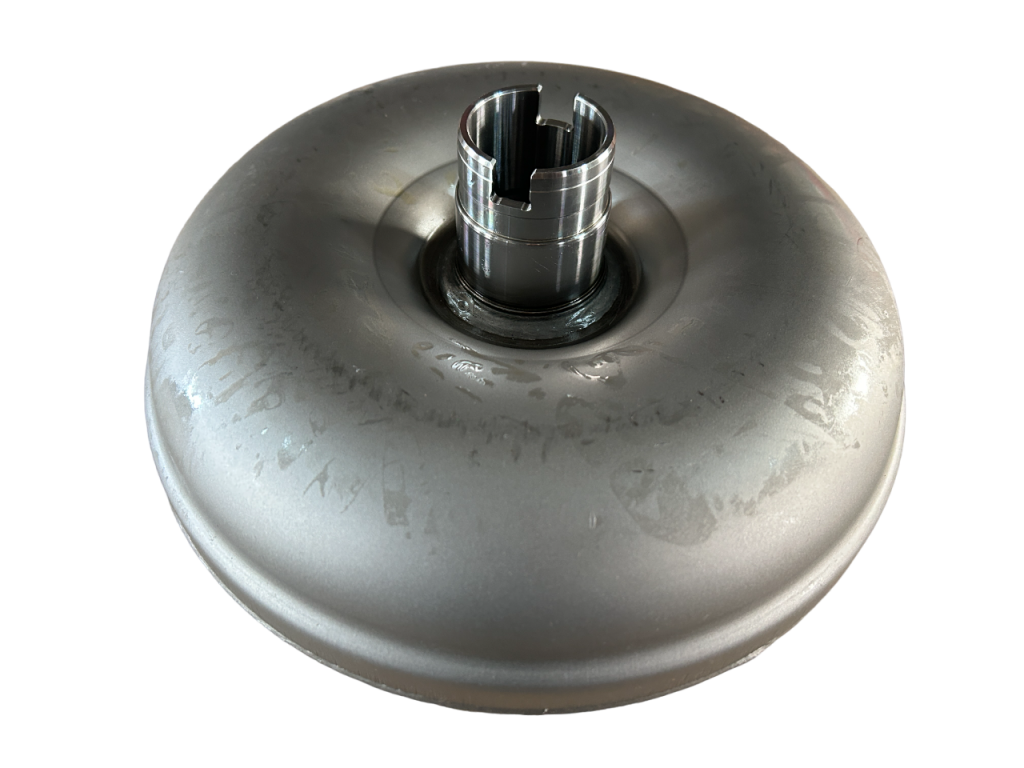Diagnosing Torque Converter Failure
Torque Converter Failure in ZF Transmissions: Diagnosis, Causes, and Sourcing Reliable Replacement Units

Introduction: The Power Transfer Bridge
The torque converter is the essential hydraulic coupling between the engine and the ZF transmission. Its failure directly leads to catastrophic power loss, excessive heat generation, and low hydraulic pressure. Diagnosing a faulty converter is vital for avoiding unnecessary transmission overhauls.
This guide, informed by Tianjin XiaoHang Construction Machinery Co., Ltd.’s 20 years of expertise, provides a clear diagnostic pathway for torque converter failure and outlines the key considerations for sourcing high-quality replacement units.
Section 1: Telltale Symptoms of Torque Converter Failure
Recognizing the Signs Before Total Breakdown
Symptoms often include: 1. Overheating: A failing lock-up clutch generates excessive slip and heat. 2. Contaminated Fluid: Internal failure sheds metal debris into the hydraulic system. 3. Poor Acceleration/Stall Speed: The machine performs poorly, indicating low transfer efficiency.
Section 2: Procurement Strategy for Torque Converters
Quality and Compatibility are Non-Negotiable
Torque converters are complex assemblies. Sourcing requires strict adherence to the BOM number as the stalling speed and lock-up parameters are application-specific.
XiaoHang Technical Insight: Our 20 years of experience ensures we supply torque converters that are fully balanced and engineered to meet the exact stall specifications of your ZF model, preventing recurrence of overheating and slippage. We guarantee fast lead times for these critical, high-value components.
Conclusion: Secure Your Power Transfer
Do not risk machine performance with a substandard replacement. Partner with XiaoHang Machinery Co. to source reliable torque converters, protected by our technical support and competitive pricing.
